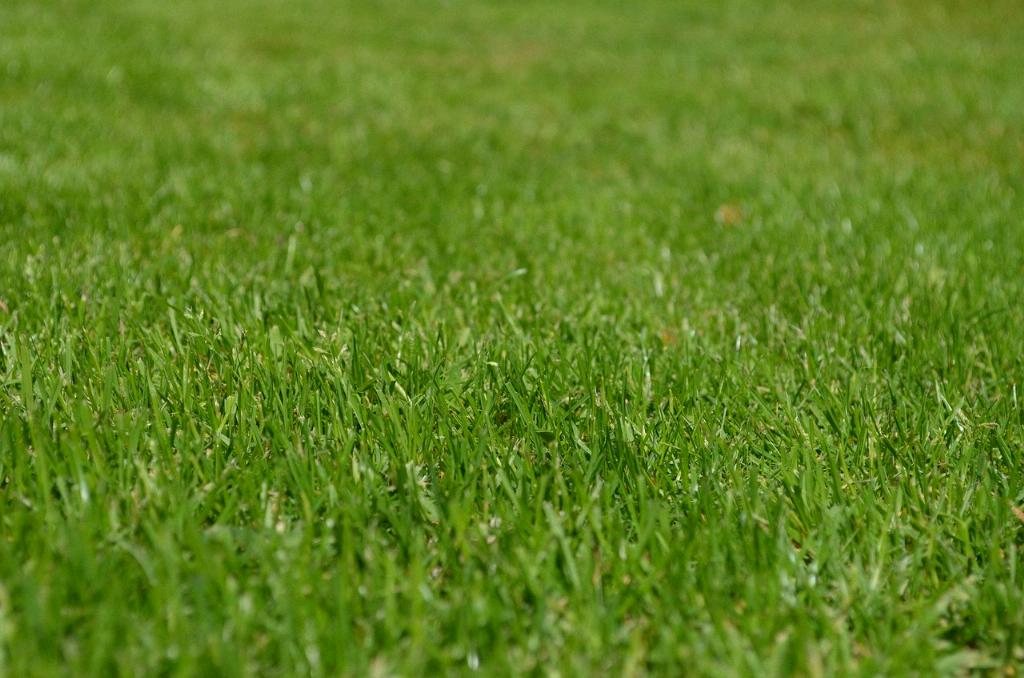One of the key steps to maintaining a green lawn is preventing weeds before they have a chance to take over. By implementing proper weed prevention techniques, such as using pre-emergent herbicides and maintaining a thick, healthy turf, you can significantly reduce the presence of weeds in your lawn.
Eliminate Broadleaf Weeds Once They’ve Sprouted
For those pesky broadleaf weeds that do manage to sprout in your lawn, it’s important to take action and eliminate them promptly. Utilizing post-emergent herbicides targeted towards broadleaf weeds can help you get rid of these intruders and maintain the overall health and appearance of your lawn.
Mow High and Frequently
Proper mowing practices play a crucial role in keeping your lawn green and lush. By mowing your grass at the appropriate height and frequency, you can promote healthy growth and prevent stress on your turf. Aim to keep your grass at a taller height to encourage deeper root growth and withstand environmental challenges.
Keep Your Mower Blade Sharp
Ensuring that your mower blade is sharp is essential for maintaining a healthy lawn. A dull blade can tear and damage grass blades, leading to browning and overall stress on your lawn. Regularly sharpening your mower blade will help you achieve clean cuts and promote optimal grass health.
Water in the Morning
Watering your lawn at the right time of day can make a significant difference in its overall health. To keep your lawn green, it’s best to water in the morning when temperatures are cooler and there is less risk of evaporation. This allows the water to penetrate deeply into the soil and hydrate the roots effectively.
Aerate Your Lawn
Aerating your lawn is a critical step in promoting healthy grass growth and maintaining a vibrant green color. This process helps alleviate soil compaction, allowing air, water, and nutrients to reach the grassroots more easily. By aerating your lawn, you can improve its overall health and vitality.
Feed Your Lawn
Providing your lawn with the proper nutrients is essential for its growth and color. Fertilizing your turf with a balanced mix of nutrients tailored to its specific needs can help promote lush, green grass and overall vigor. Be sure to follow recommended application rates and schedules for the best results.
Spot-Train Your Dog
If you have a dog that spends time in your yard, it’s important to address any urine spots promptly to prevent damage to your grass. By spot-training your dog to use a specific area for elimination or diluting urine spots with water, you can minimize the impact on your lawn and keep it looking green and healthy.
Choose the Right Grass Variety
Selecting the appropriate grass variety for your region and lawn conditions is essential for maintaining a green lawn. Different types of grass have varying tolerance levels to factors such as sunlight, shade, and foot traffic. By choosing the right grass variety, you can set your lawn up for success and ensure its long-term health.
Monitor and Adjust Irrigation
Regularly monitoring your irrigation system and adjusting it as needed is crucial for keeping your lawn green. Factors such as weather conditions, soil moisture levels, and grass type can affect your watering needs. By staying vigilant and making necessary adjustments, you can ensure that your lawn receives the proper amount of water for optimal growth.
Control Thatch Build-Up
Thatch build-up can hinder water, air, and nutrient penetration into the soil, leading to poor grass health and color. To prevent thatch accumulation in your lawn, consider dethatching or aerating periodically to break up the layer of organic debris. This will promote better root development and allow your grass to thrive.

Practice Sustainable Lawn Care
Adopting sustainable lawn care practices can benefit both the environment and the health of your lawn. Consider using organic fertilizers, minimizing chemical usage, and embracing natural lawn care techniques to promote a green and eco-friendly yard. By prioritizing sustainability, you can enjoy a beautiful lawn while minimizing your impact on the planet.
